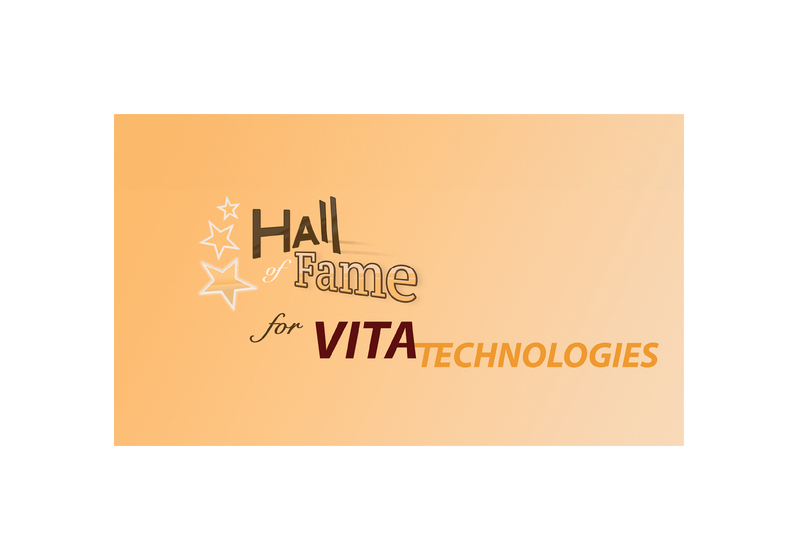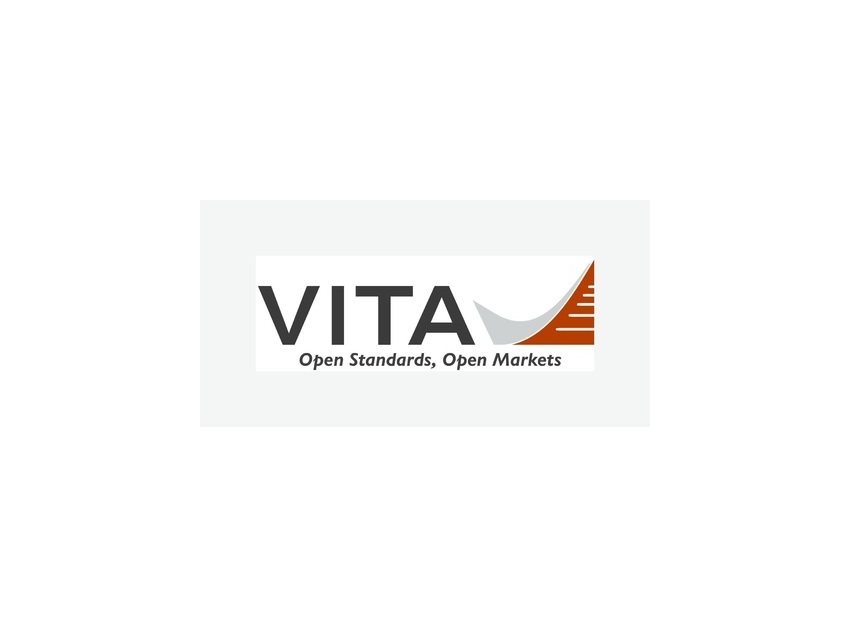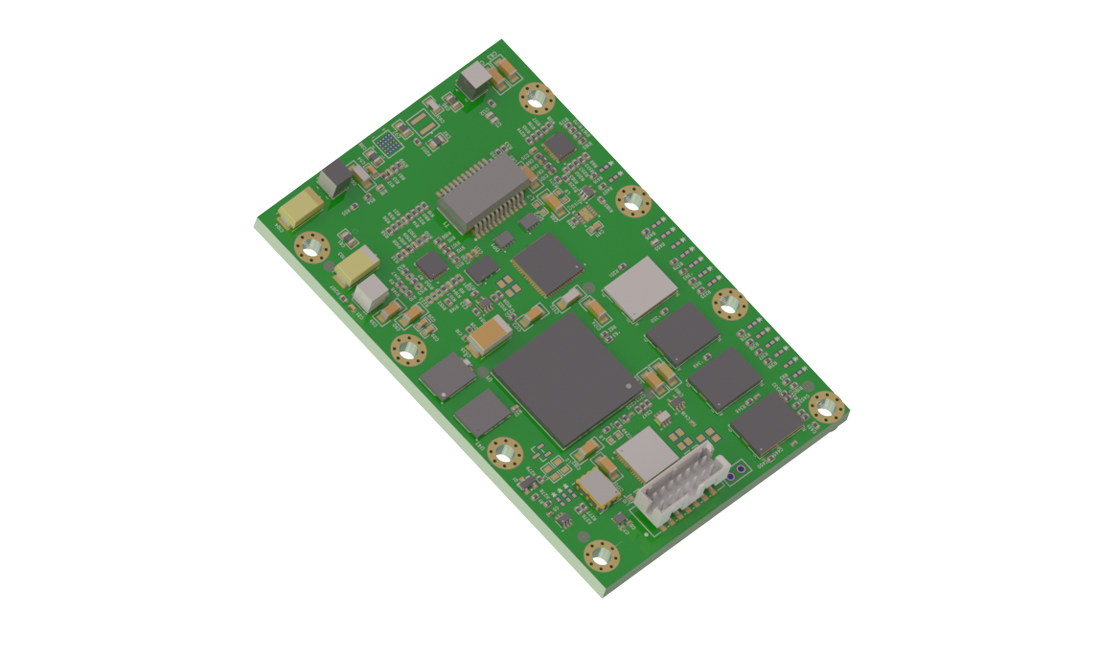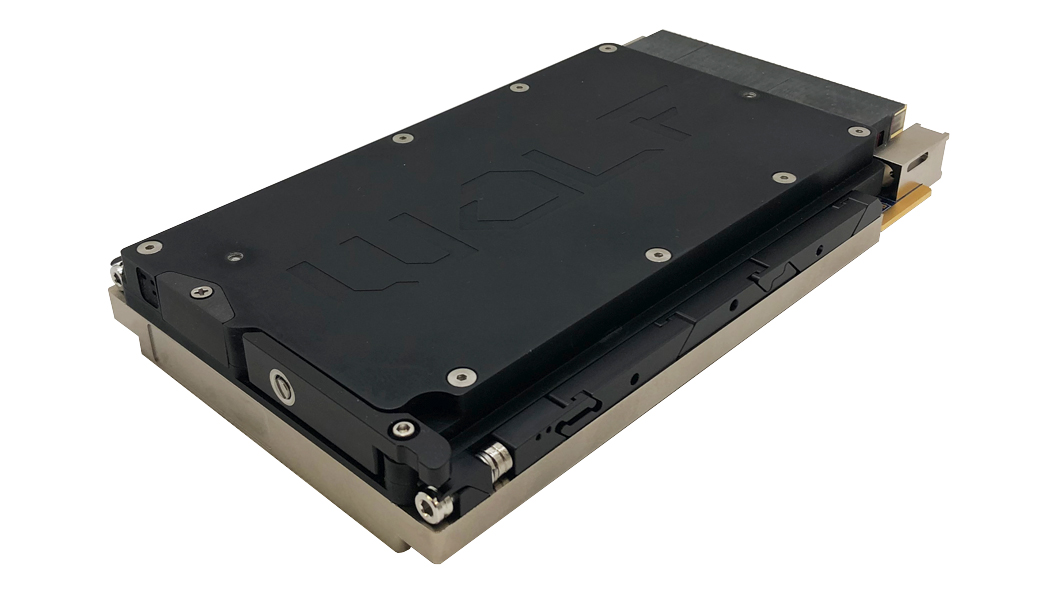PISCATAWAY, N.J. – December 9, 2008 – Power.org, the organization that promotes and develops standards for Power Architecture® technology, today announced it has released the Power.org™ Standard for Embedded Power Architecture Platform Requirements (ePAPR), which speeds software porting and reduces development costs for operating system and platform designers. By defining clear interfaces between embedded software components such as boot firmware, bootloaders, operating systems, and hypervisors, the ePAPR specification enables system designers to create standardized platforms.
“ePAPR, while a powerful standard in itself, is a basic building block that has the potential to drive virtualization platforms and a host of innovations in the years to come,” said Power.org Marketing Committee Chair Fawzi Behmann. “The ePAPR is further proof that the Power.org community is standardizing technology foundations to meet the evolving needs of the Power Architecture development community.”
Various software components must typically interact to initialize and boot a computer system: for example, boot firmware might perform a low-level system hardware initialization before passing control to the operating system, bootloader, or hypervisor. Consistent interfaces and conventions facilitate the interactions between these software components. The ePAPR standard provides a complete interface definition, between boot programs and client programs, and defines minimum system requirements to facilitate the development of a wide variety of embedded systems based on Power Architecture central processing units (CPUs).
The ePAPR standard uses a “device tree” to describe the basic properties or characteristics for physical devices in a system. ePAPR-compliant systems load a device tree into a client program’s memory, enabling that program to access system hardware it might not otherwise have been able to dynamically detect. This abstraction capability shields software and systems engineers from much of the underlying hardware complexity, making it easier, faster and more reliable to port software and to build Power Architecture-based embedded systems. The ePAPR also specifies standard mechanisms for booting systems with multiple CPUs.
“Power.org, recognizing that no real Power Architecture platform standard existed for embedded electronics, filled the gap by enlisting experts from within the Power Architecture community to collaboratively develop the ePAPR standard,” said Stuart Yoder, software architect at Freescale. “Freescale regards the ePAPR standard as an essential tool in developing the hypervisor interface for our multicore Power Architecture products.”
About Power.org
Power Architecture technology is behind millions of innovative products, including the world’s fastest supercomputers, leading video game consoles, and electronic systems in most of today’s car models. Every phone call, email and Web page touches hundreds of Power Architecture systems.
The open Power.org community, formed in 2005, is the organization driving collaborative innovation around Power Architecture technology. Power.org’s mission is to optimize interoperability, accelerate innovation and drive increased adoption of this leading processor architecture. For more details, visit www.power.org.







